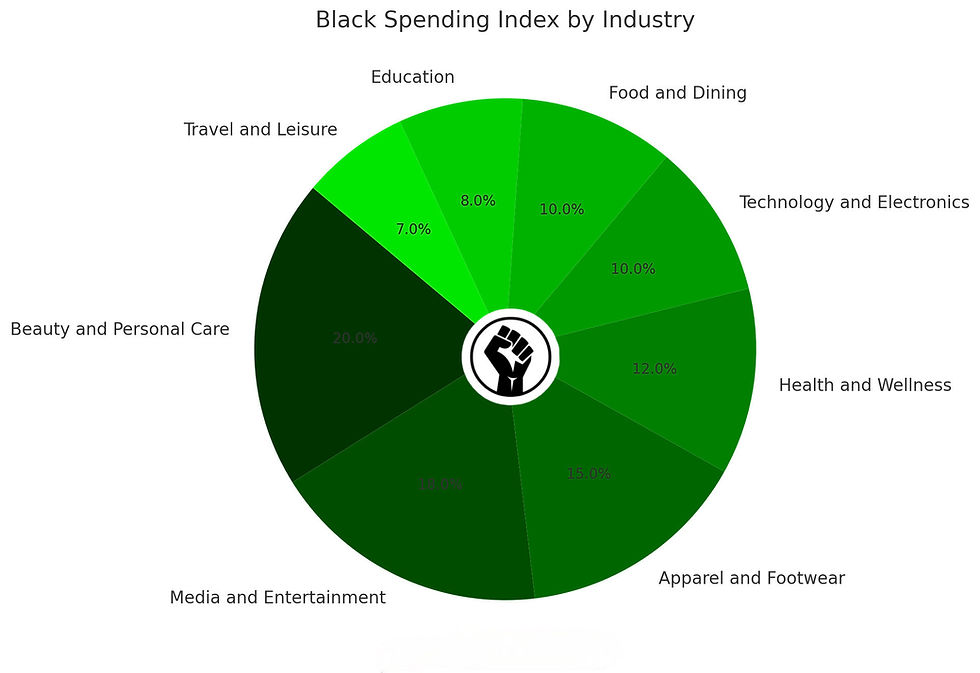The Alarming Impact of U.S. Policies on Children’s Future
- Al Lloyd

- May 27
- 4 min read
The War on Youth and Intergenerational Wealth Transfer A Deep dive on the future of Gen-Z.

Let’s delve into the pressing issue of the generational divide and the challenges facing today’s youth. My assertion is that society is failing to support young people adequately. This sentiment resonates strongly with my peers, who are eager to explore this topic further. While much of my data pertains to the United States, I believe similar trends can be observed in other parts of the world.
For the first time in our 275-year history, individuals in their thirties are experiencing economic stagnation compared to their parents. This may seem trivial, but it signifies a breakdown of the social contract, leading to feelings of anger and shame. People expect that hard work will yield better outcomes for their children, and when that expectation is unmet, it breeds widespread dissatisfaction.
To illustrate, the average 70-year-old today is 72% wealthier than they were four decades ago, while individuals under 40 are, on average, 24% less wealthy. I contend that many major economic policies in the U.S. function as a covert transfer of wealth from the young to the old. For instance, the two largest tax deductions; capital gains and mortgage interest, primarily benefit those who own stocks and homes, typically older individuals. In contrast, younger people, who often rely on current income and rent, are left at a disadvantage.
Social Security, often considered a third rail topic, represents a staggering $1.4 trillion transfer of wealth from younger generations to the wealthiest cohort in history. While I do not argue against the concept of Social Security, I propose we reframe it as "senior security," emphasizing that such wealth transfers should be based on need rather than age.
The most significant intergenerational wealth transfer in history occurred under the guise of a pandemic. While the loss of life was tragic, the real concern seemed to be the financial well-being of older generations. In response, the government injected $5 to $7 trillion into the economy, with estimates suggesting that 60% to 80% of this stimulus was saved rather than spent. This influx of capital inflated real estate prices, pushing the average home price from $290,000 to $410,000, while mortgage costs skyrocketed from $1,100 to $2,200. Consequently, the proportion of Americans able to afford homes has plummeted from two-thirds to one-third.
For those who already own homes, this has been a boon, while newcomers have been effectively marginalized. The stock market has similarly thrived, benefiting those who already possess wealth. The burden of this stimulus, funded by debt, ultimately falls on younger generations.
In my field of marketing, my colleagues and I often reflect on how to increase our compensation while minimizing accountability. We have adopted a strategy that artificially constrains supply. For example, Harvard's endowment has increased by 4,000% over the past 40 years, yet the number of freshman seats has only grown by 4%. This limited access inflates the value of degrees for those already in the system, while many capable students are relegated to lesser institutions.
The current discourse around diversity, equity, and inclusion (DEI) often misses the mark. The focus should not solely be on who gains admission but rather on how many students we can accommodate. Community colleges, for instance, welcome all who seek a better life without the contentious debates surrounding elite institutions.
Reflecting on my own experience, I recall applying to MSU when the admissions rate was 77%. Despite my lackluster GPA, I was granted admission, highlighting the purpose of higher education: to provide opportunities for growth and development, even for those who may not excel at 18.
Today, however, we see a generation burdened by debt and disillusionment. Many students attend college due to societal pressure rather than genuine interest, leading to significant financial and emotional distress. Student loan debt, one of the few forms of debt that cannot be discharged through bankruptcy, continues to haunt young people long after they leave school.
To address these issues, I propose three key solutions:
1. **Increase Enrollment**: Public universities should expand their freshman classes by 6% annually, leveraging their capacity to accommodate more students without sacrificing quality.
2. **Reduce Costs**: Institutions should aim to cut costs by 2% each year through the use of technology and improved operational efficiencies.
3. **Expand Vocational Training**: A significant portion of degrees and certifications should focus on vocational training, providing practical skills that align with job market demands.
The current landscape reflects a troubling reality: young people are more anxious, depressed, and angry than any previous generation, with rising rates of obesity, self-harm, and suicide. The focus on GDP and economic growth becomes meaningless if our youth are suffering.
To effect change, young people must engage politically. While voting is essential, financial influence has become increasingly significant in shaping policy. We need to elect representatives who genuinely understand the challenges facing younger generations and advocate for their interests.
The current political climate is characterized by a disconnect between elected officials and the realities of young people's lives. Many leaders are out of touch with the issues that matter to today’s youth, and this gap must be addressed.
In conclusion, we must recognize the systemic issues that have led to the current state of discontent among young people. By advocating for policies that prioritize their needs and investing in their future, we can begin to mend the social contract and create a more equitable society for all generations.









Comments